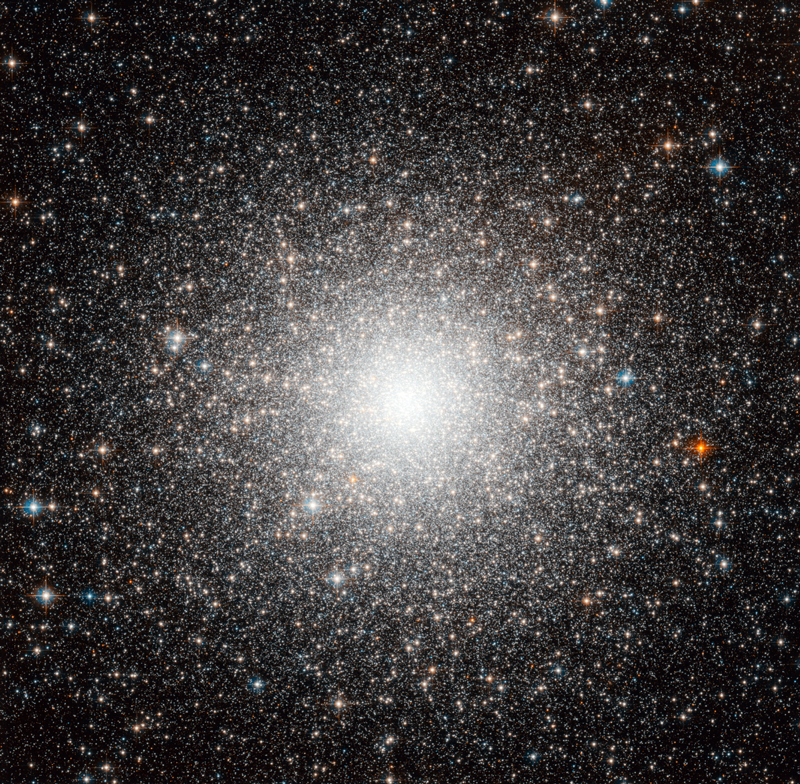Kavli Science Highlight: Did a Starry “Mosh Pit” Spawn LIGO’s Gravitational Waves?

The globular cluster Messier 54 as seen by the Hubble Space Telescope. (Credit: ESA/Hubble & NASA)
On June 2, 2017, the Kavli Foundation presented Rainer Spurzem and his team's work on LIGO binary black hole detection as one of their science highlights. Former Ph.D student at KIAA, Long Wang, who was supervised by Rainer Spurzem and M.B.N. (Thijs) Kouwenhoven, also made great contribution to the work.
The article published is as following:
In 2015, after a century of speculation, the world finally detected the elusive ripples in the universe’s fabric known as gravitational waves. This happened when a wave-hunting experiment called LIGO, which acts like a colossal tuning fork, sensed these waves hurled out from the cataclysmic collision of two massive black holes. (Read more: What is LIGO?)
But where are these collisions occurring? A new paper about LIGO's third gravitational-wave detection, announced June 1, suggests that the black hole smashup might well have been inside of a beautiful object called a globular cluster—a glittering celestial “snow globe” filled with hundreds of thousands of closely-packed stars. At their centers, globular clusters are believed to harbor dozens to hundreds of black holes—by far the greatest concentration of these exotic objects found anywhere in the universe.
Globular clusters could very well be a major source of the gravitational waves scientists are sensing with LIGO. Studying these waves could teach us more about their dense, star cluster origins, and in the process also shed light on the construction of galaxies, the universe's biggest groupings of stars.
The Kavli Foundation spoke with three astrophysicists about the many scientific opportunities globular clusters present for understanding the collisions of black holes as well as the workings of the broader cosmos.
The participants were:
- RAINER SPURZEM – is a professor at the Kavli Institute for Astronomy & Astrophysics at Peking University and the Chinese Academy of Sciences. He specializes in computer simulations of complex astrophysical systems such as galaxies and globular clusters.
- CARL RODRIGUEZ – is a Pappalardo Postdoctoral Fellow and a postdoctoral scholar at the Massachusetts Institute of Technology (MIT) as well as a member of MIT’s Kavli Institute for Astrophysics and Space Research. His research focuses on dense star clusters, including globular clusters, as well as how black holes form and behave in these crowded systems.
- JAY STRADER – is an assistant professor in the department of physics and astronomy at Michigan State University. He conducts searches for black holes in globular clusters.
The following is an edited transcript of their roundtable discussion. The participants have been provided the opportunity to amend or edit their remarks. Read more at The Kavli Foundation.
